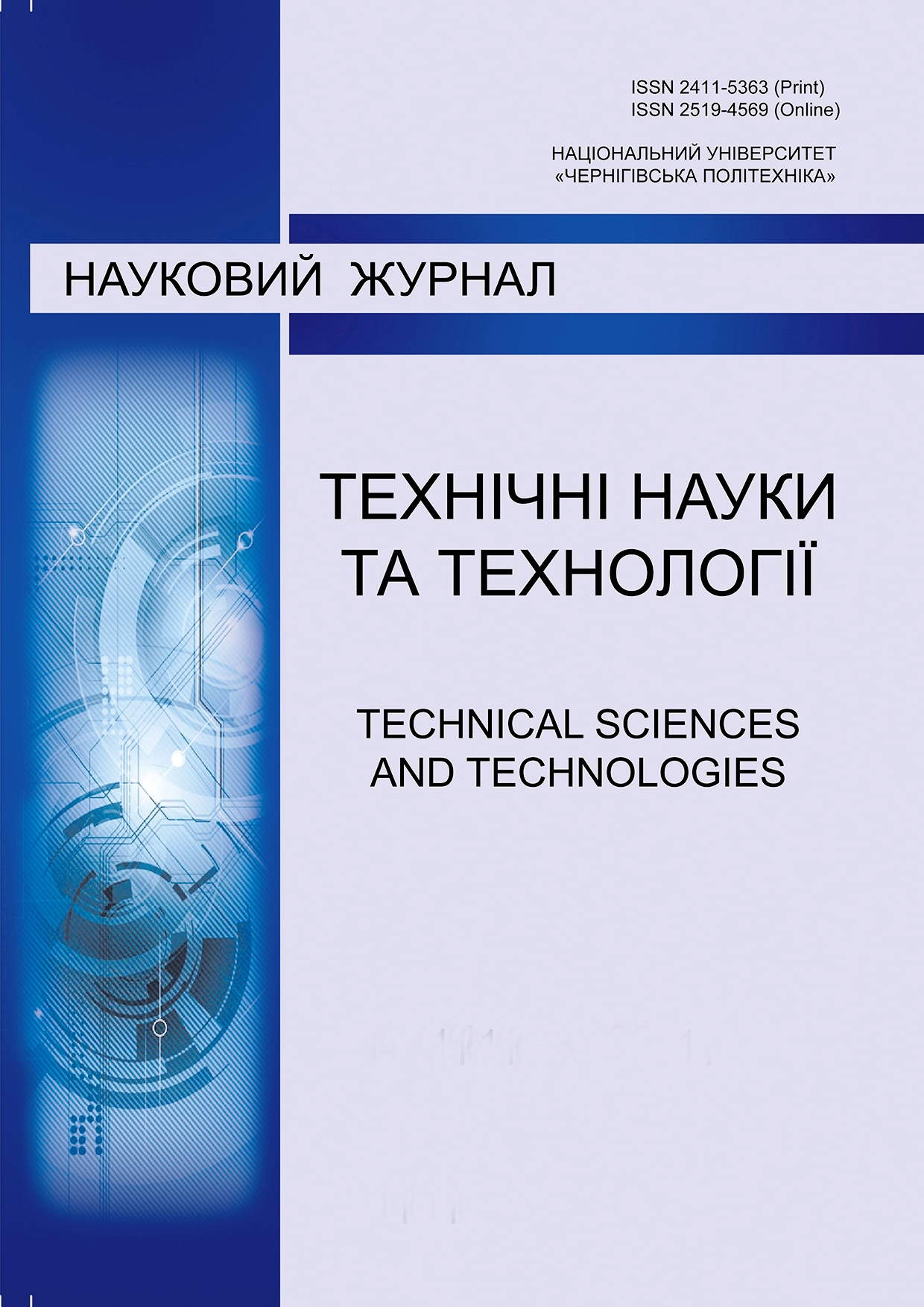ДОСЛІДЖЕННЯ НОВОГО СПОСОБУ КУВАННЯ ВЕЛИКИХ ЗЛИТКІВ НА ОСНОВІ ОСАДЖЕННЯ ПРОФІЛЬОВАНИХ ЗАГОТОВОК
DOI:
https://doi.org/10.25140/2411-5363-2022-1(27)-45-53Ключові слова:
поковка; осадження; внутрішні дефекти; конусні торці; заварювання пустот; гідростатичні напруженняАнотація
Quantity of massive parts produced from an ingot is increasing today. It is caused by increasing in the capacity of a massive equipment. However, the quality of produced forging parts does not corresponds to customer`s requirements. Poor quality of the produced forging parts is caused by low quality of forging ingots.
Defects of ultrasonic test after forging of the massive forging parts equal to 10%. The defects after ultrasonic test are caused by upsetting operation of the ingots with no equal internal structure. As a result, this structure is processed unevenly and insufficiently. Increasing of the ingot internal defects occurs during upsetting operation of billets by flat deformation tools.
The purpose of this work is establishing the rational geometry of billets with conical faces which guarantee the uniform distribution of the deformations, and significant hydrostatic stresses.
Analysis of the strain and stress states allows find that in the billet at the upsetting operation occurs the state with nonuniform compress stresses. Raising the degree of the compressive stresses in the internal and external parts can be obtained after upsetting of the shot billets (H/D<3.0). Raising the deformation degree from till 0.45 provides to letdown factor of the stress state η from –1,0 to 0. The upsetting till 0.7 raises this factor to +1.5. It was established that decreasing diameter of the conical faces leads to reduction the factor η. This factor has a more significant influence for welding of the internal cavities in the –1.5...–0.6 at upsetting operation with the comparative diameter of the conical faces of the 0.5.
Upsetting of the toll billets leads to the reduction degree of logarithmic strains and reduction equability of the localization.
Obtained geometrical parameters of the billets with conical faces are able to be introduced in producing of the massive forged parts.
Посилання
Глезер А. М. Основные направления использования нанотехнологий в металлургии / А. М. Глезер // Металлург. – 2010. – № 1. – С. 5-7.
Быков Ю. А. Способы получения конструкционных наноматериалов. Часть 1 / Ю. А. Быков, С. Д. Карпухин // Наноинженерия. – 2012. – № 6. – С. 11-19.
Процессы пластического структурообразования металлов / В. М. Сегал, В. И. Резников, В. И. Копылов, Д. А. Павлик, В. Ф. Малышев. – Минск : Наука и техника, 1994. – 232 с.
Валиев Р. З. Наноструктурные материалы, полученные интенсивной пластической деформацией / Р. З. Валиев, И. В. Александров. – М. : Логос, 2003. – 87 с.
Колесников А. Г. Анализ способов измельчения структуры при получении металлических конструкционных материалов / А. Г. Колесников, А. С. Шинкарев // Наука и Образование. МГТУ им. Н. Э. Баумана. – 2014. – № 11. – С. 34-44.
Полякова М. А. Влияние технологических параметров совмещенного процесса на механические свойства и структуру углеродистой проволоки / М. А. Полякова, А. Е. Гулин, О. А. Никитенко // Металлургические процессы и оборудование. МГТУ им. Г. И. Носова. – 2013. – № 3(33). – С. 20-25.
Тюрин В. А. Инновационные технологии ковки с применением макросдвигов / В. А. Тюрин // Кузнечно-штамповочное производство. – 2007. – № 11. – С. 15-20.
Миленин А. А. Автоматизированная система проектирования технологии свободной ковки / А. А. Миленин, В. А. Афанасьев, А. С. Николаенко // Удосконалення процесів і обладнання обробки тиском в металургії та машинобудуванні : зб. наук. пр. – Краматорськ : ДДМА, 2008. – С. 49–54.
Тюрин В. А. Методики Московского института стали и сплавов для разработки и исследования инновационных технологий ковки / В. А. Тюрин // Известия вузов. Черная металлургия. – 2005. – № 10. – С. 32–35.
Формирование прогнозируемых показателей качества поковок в условиях ОАО «АрселорМиттал Кривой Рог» / В. Л. Чухлеб, Д. Ю. Клюев, И. С. Прокопенко, А. В. Ашкелянец // Обработка материалов давлением : сб. науч. тр. – Краматорск : ДГМА, 2011. – № 1 (26). – С. 103-106.
Дурынин В. А. Исследование и совершенствование технологии производства с целью повышения ресурса стальных изделий из крупных поковок ответственного назначения / В. А. Дурынин, Ю. П. Солнцев. – СПб. : ХИМИЗДАТ, 2006. – 272 с. : ил.
Development of forging process design to close internal voids / H. Kakimoto, T. Arikava, Y. Takahashi, T. Tanaka, Y. Imaida // J. Mater. Process Technol. – 2010. – № 210. – Pp. 415-422.
Тюрин В. А. Инновационные технологии ковки / В. А. Тюрин // Кузнечно-штамповочное производство. – 2006. – № 5. – С. 27–29.
Онищенко А. К. Аналитическое исследование ковки крупных поковок с учетом температурной неоднородности материала / А. К. Онищенко, А. А. Мишулин // Кузнечно-штамповочное производство. – 2006. – № 10. – C. 14–19.
Polozine A. Influence of the inaccuracy of thermal contact conductance coefficient on the weighted-mean temperature calculated for a forged blank / Alexandre Polozine, Lirio Schaeffer // J. Mater. Process Technol. – 2008. – № 195. – Pp. 260–266.
The effect of forging temperature on microstructure and mechanical properties of in situ TiC/Ti composites / Ма Feng-cang, Lu Wei-jie, Qin Ji-ning, Zhang Di, Ji Bo // Mater. аnd Des. – 2007. – № 28. – Pp. 1339–1342.
##submission.downloads##
Опубліковано
Як цитувати
Номер
Розділ
Ліцензія
Авторське право (c) 2022 Чернігівський національний технологічний університет, 2015

Ця робота ліцензується відповідно до Creative Commons Attribution-NonCommercial 4.0 International License.


